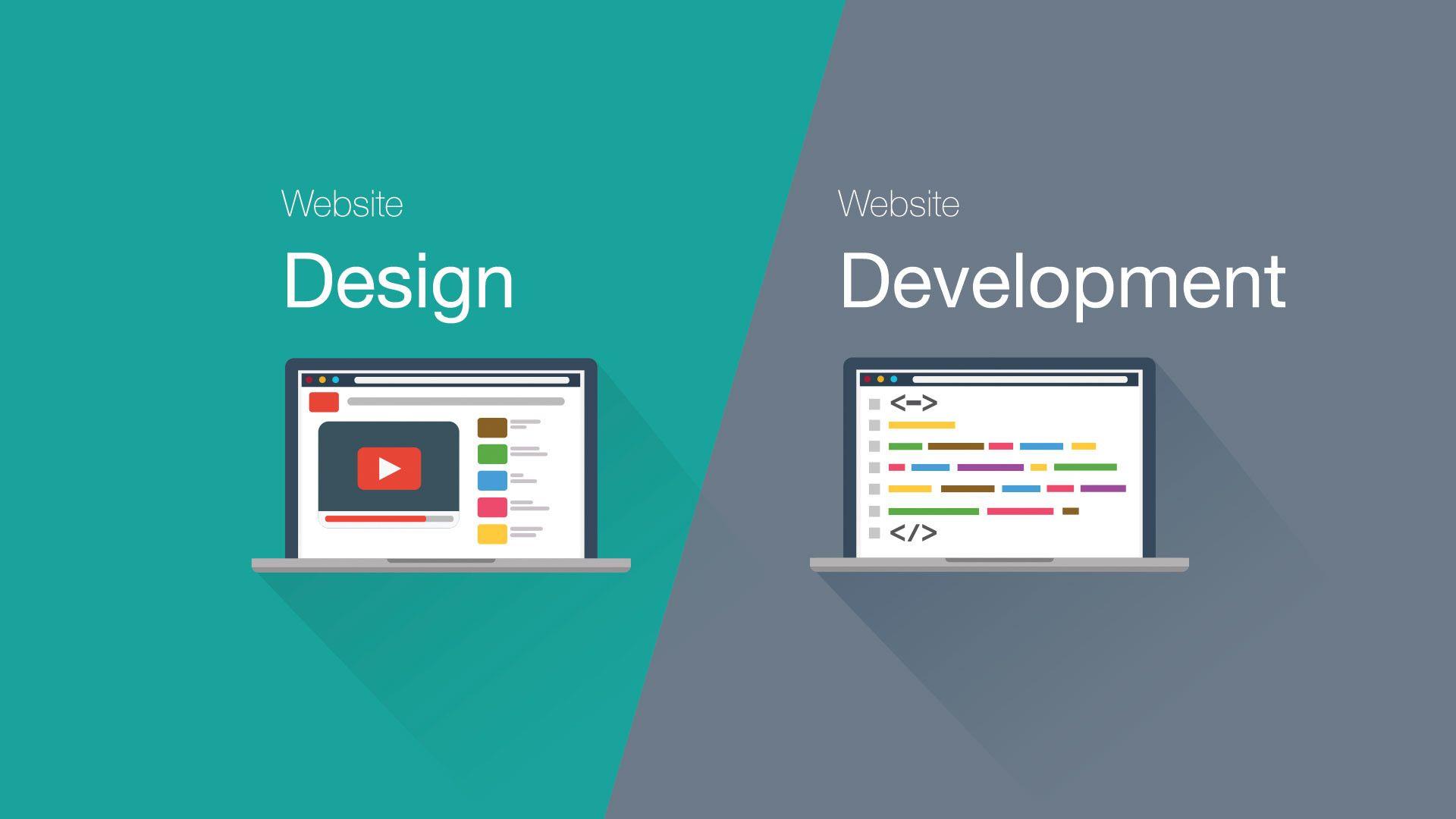
As we stand on the brink of a technological revolution, the emergence of Web3 development is promising to reshape the way we interact with the digital world. This new phase of the internet is centered around decentralization, giving users more control over their data, identity, and digital assets. Gone are the days of relying solely on large, centralized platforms; Web3 empowers individuals and communities to collaborate, innovate, and thrive in a more equitable online ecosystem.
Web3 development encompasses a range of technologies, including blockchain, smart contracts, and decentralized applications, collectively standing at the forefront of this exciting transition. By harnessing the power of these tools, developers are creating solutions that prioritize transparency, security, and user autonomy. As we delve deeper into the nuances of Web3, it becomes clear that we are not just witnessing an evolution in technology but also a transformation in how we understand and interact with the internet itself.
Understanding Web3 Technology
Web3 technology represents a significant paradigm shift in how the internet functions, transitioning from a centralized model to a more decentralized approach. At its core, Web3 is built on blockchain technology, which allows for greater transparency, security, and user control. This new iteration of the web empowers individuals by giving them ownership of their data and digital assets, distributing power away from large corporations and centralized entities. The vision for Web3 is to create an inclusive ecosystem where users can interact with applications and each other in a more trustworthy and equitable manner.
Smart contracts are a key component of Web3 development, enabling automatic executions of agreements without intermediaries. These self-executing contracts are written on blockchain platforms and help facilitate transactions in a secure and efficient manner. By leveraging smart contracts, developers can create decentralized applications, or dApps, that offer unique functionalities and services. This encourages innovation and enables new business models that can thrive without relying on traditional infrastructures.
Moreover, the user experience in Web3 is designed to prioritize community and collaboration. Users can participate in governance through decentralized autonomous organizations, or DAOs, which allow for collective decision-making on important project matters. thirdweb This involvement fosters a sense of ownership among users and encourages active participation in the development of the ecosystem. As Web3 continues to evolve, its emphasis on decentralization, transparency, and community involvement will shape the future of digital interactions and redefine how we engage with the internet.
Key Tools and Frameworks
Web3 development leverages a variety of tools and frameworks that streamline the building of decentralized applications. One of the most popular frameworks is Ethereum’s Truffle Suite, which offers a comprehensive environment for smart contract development, deployment, and testing. Truffle simplifies the process by integrating a suite of tools that cover everything from compiling contracts to building user interfaces, making it an essential choice for developers entering the Web3 space.
Another noteworthy tool is Hardhat, which has gained traction for its powerful development environment and robust debugging capabilities. It allows developers to run and test their smart contracts locally, offering features like Solidity debugging and support for Ethereum networks. Hardhat’s flexibility allows developers to customize their workflow, making it a great alternative for those looking to enhance their development experience.
On the front end, frameworks like React and Vue.js are commonly used in conjunction with Web3 libraries such as Web3.js and Ethers.js. These libraries facilitate interaction with the blockchain, enabling developers to build dynamic user interfaces that communicate with smart contracts. This combination allows for the seamless integration of decentralized technology into user-friendly applications, creating a more engaging experience for end users.
Challenges and Opportunities in Web3 Development
Web3 development presents a unique set of challenges that require innovative solutions. One of the primary difficulties is ensuring security and privacy in decentralized applications. With increased transaction volumes and user data, developers must navigate the complexities of safeguarding sensitive information while maintaining transparency. The prevalence of hacks and exploits in the crypto space highlights the importance of robust security measures and continuous auditing to protect user assets.
Another challenge lies in the scalability of blockchain networks. Many current blockchain solutions struggle to process transactions at the speed and volume that traditional systems can handle. Poor scalability can lead to high fees and slow transaction times, deterring users from adopting Web3 applications. Developers are tasked with finding efficient methods to enhance scalability without sacrificing decentralization, prompting the exploration of layer two solutions and alternative consensus mechanisms.
Despite these challenges, the opportunities within Web3 development are substantial. The potential to create decentralized applications that empower users and reduce reliance on central authorities is a driving force for many developers. Additionally, the rising interest in decentralized finance and digital assets opens new avenues for innovation. As the ecosystem matures, there is a growing need for skilled developers, which presents a unique opportunity for professionals to build rewarding careers in this transformative space. Embracing the challenges while leveraging the opportunities will be crucial for shaping the future of Web3.